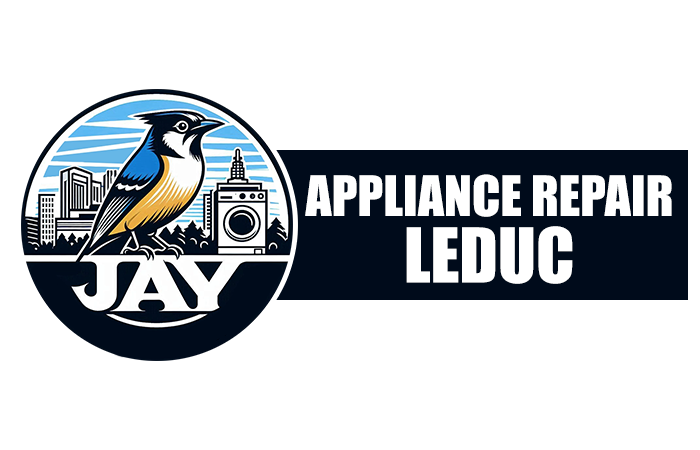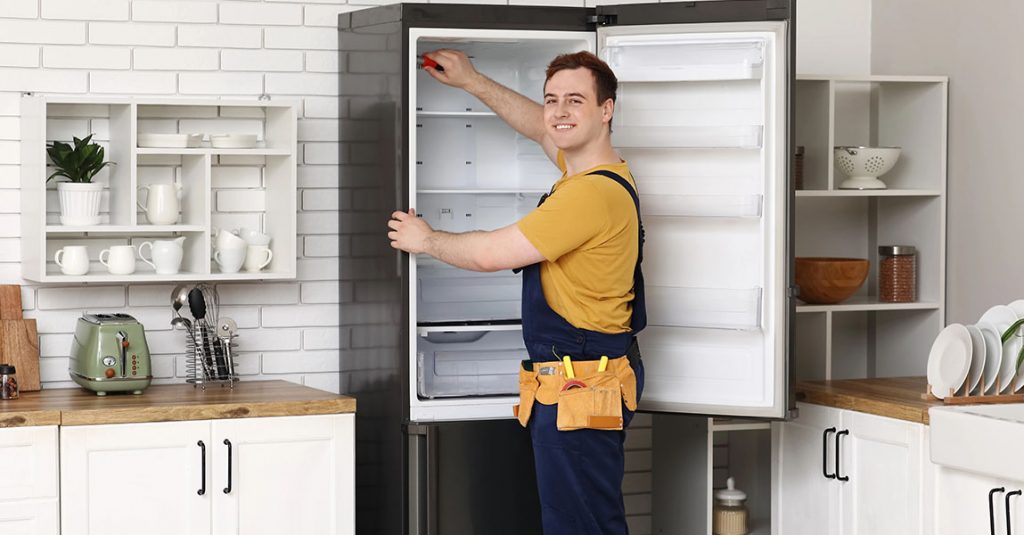Many of us notice water pooling under the crisper drawers in our fridges. It seems like a small issue at first, but it often points to something bigger. We want to share what usually causes it, why it happens, and what steps we can take before calling for help.
Common Reasons Water Gathers
Sometimes the defrost drain clogs, and melted frost has nowhere to go. Instead of moving down the drain tube into the pan, the water pools behind the drawers. Food particles, dust, or even ice can block that passage. Another reason is a damaged or loose seal around the door that lets warm air in. Moisture builds and eventually drips down. Even high humidity in the kitchen can add to the problem.
How the Defrost System Works
Every modern fridge has a cycle that melts frost from the coils. The water should travel through a small channel into the drain pan. That pan sits above the compressor where heat helps the water evaporate. When the channel or tube is blocked, water has no path and it gathers under the drawers. We often overlook how small that tube is, but even a bit of food debris can stop the flow.
Checking the Drain Path
Our team suggests starting by looking at the back wall of the fridge, just above the drawers. If you see a thin sheet of ice, it often means the drain is frozen. You can unplug the appliance and let the ice melt, then clear the drain gently with warm water. A simple turkey baster filled with hot water works well. Never use sharp objects to poke at the hole because that can cause permanent damage.
Inspecting Door Seals
Moisture builds faster when the seals around the door do not close tightly. Crumbs or sticky residue can keep them from making full contact. You can clean them with warm soapy water and check if they sit snugly against the frame. If you see cracks or the seal feels brittle, it may need replacement. A poor seal not only causes water issues but also makes the fridge work harder, wasting energy.
Airflow and Storage Habits
We sometimes stack food so tightly that air cannot circulate. When cold air does not move freely, frost develops unevenly, and meltwater may travel down the wrong path. Leaving enough space between items helps the system function as intended. Storing uncovered produce or warm leftovers can also create excess moisture that ends up under the drawers. A little planning when arranging shelves often prevents buildup.
When the Problem Returns
If water keeps coming back after cleaning the drain and seals, there may be an issue deeper inside. The defrost heater or thermostat could be failing, allowing frost to build too quickly. In some cases, the drain tube may be cracked or disconnected. These repairs usually require professional tools. If you face this often, it is time to look into fridge repair Leduc so the underlying fault gets fixed.
Preventive Steps to Keep in Mind
One good habit is wiping spills right away so food particles do not travel into the drain hole. Another is checking the drain pan under the fridge once in a while to ensure it is not overflowing. Cleaning the interior vents and keeping the seals flexible with a bit of petroleum jelly can also help. These small steps extend the life of the appliance and save us from frequent water cleanup.
When to Call for Professional Help
We can handle simple cleaning ourselves, but not every issue can be solved that way. If the back panel ices up quickly after each cleaning, or if you notice a musty smell, professional service is the safer choice. Complex electrical parts and sealed systems should not be handled without training. That is when reaching out for appliance repair in Leduc becomes the right step to avoid further damage.
Taking Action Right Away
Ignoring the problem may seem easy, but water under the drawers can damage produce, warp shelves, and even lead to mold. Acting quickly saves both food and energy. Our team at JAY Appliances always advises handling it sooner rather than later. If you need direct support, you can contact us for quick guidance and a service visit if needed.
FAQ
Why does the water only appear in the fridge and not the freezer?
Because the drain in the fridge section is usually smaller, it gets blocked more easily, while the freezer drain may still work fine.
Can I pour bleach down the defrost drain to clean it?
It is better to use hot water only. Strong chemicals can damage plastic parts inside the fridge.
How often should I check the drain hole?
A quick check every few months is enough, especially after spills or leaks.
Will turning the temperature colder stop the water?
No, lowering the temperature usually makes frost build faster and adds to the problem.
Is standing water under drawers dangerous?
It will not harm you directly, but it can spoil food, encourage mold, and shorten the appliance’s life if left untreated.

